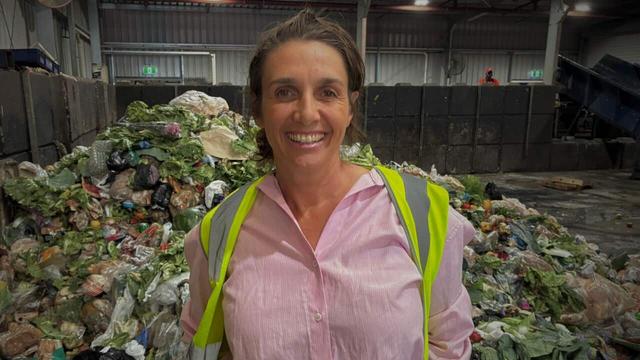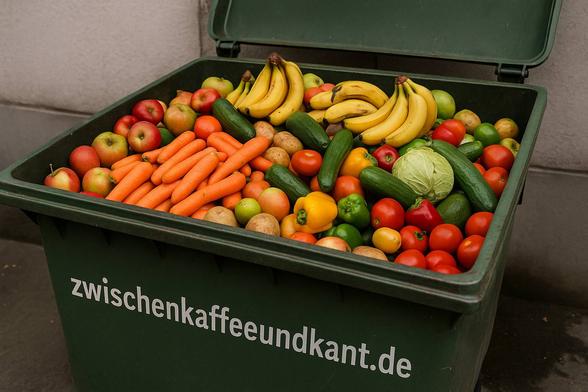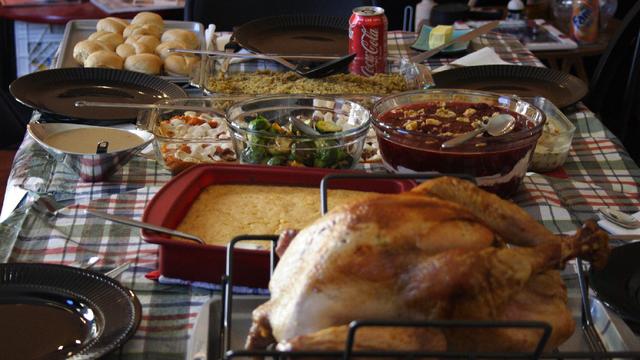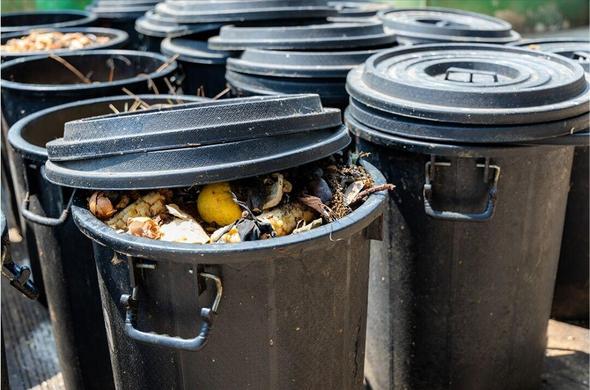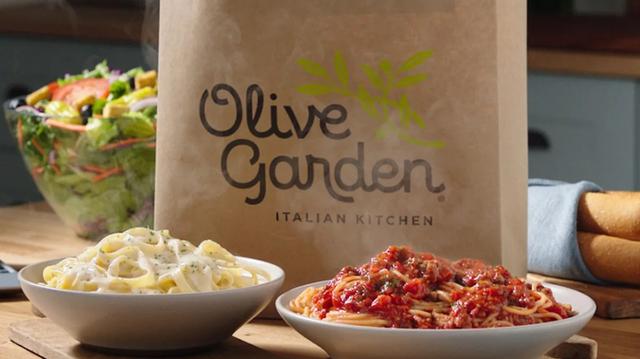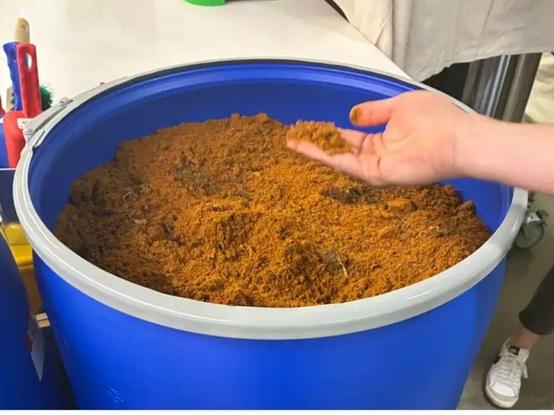Between a quarter and a third of waste is food waste. When it breaks down in landfill it produces methane, a greenhouse gas much worse than carbon dioxide.
Maggot farming is proving a good solution for dealing with food waste!
#environment #FoodWaste
